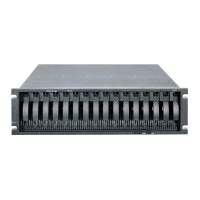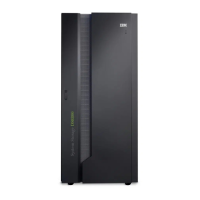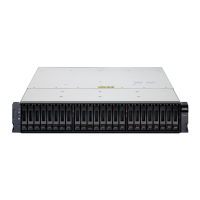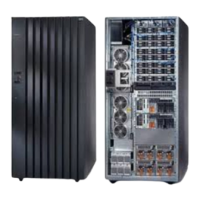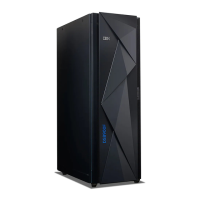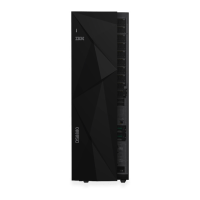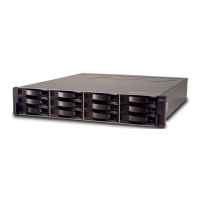Performing the DS4000, DS5100, and DS5300 Health Check process
The DS4000, DS5100, and DS5300 Health Check process is a sequence of
suggested actions developed by IBM to help users verify and maintain the optimal
performance of their storage configurations. The information that you collect in
these steps also helps provide IBM Service with important information needed for
problem troubleshooting during IBM Service calls.
Perform the following Health Check tasks after the initial configuration of your
storage subsystem, and after all configuration sessions. Also, set a regular schedule
of periodic Health Check evaluations in order to keep your code current and to
preserve optimal data access and performance.
1. Monitor the Recovery Guru in the Storage Manager client for any obvious
storage subsystem errors or problem conditions.
2. Gather and save the following storage subsystem event logs for review by IBM
Service. These event logs should be gathered periodically for regular Health
Check monitoring regardless of the state of the Recovery Guru. (You can collect
all these logs at once and zip them into a single file by clicking Advanced
Troubleshooting Collect All Support Data in the Storage Manager
Subsystem Management window.)
v Storage subsystem management event log (MEL)
v Storage Subsystem Profile
v Read-Link Status (RLS) data
In addition, you should also collect event logs for the host servers that have
mapped logical drives from the storage subsystem.
Attention: Save these event log files to a server disk that will remain
accessible in the event of a storage configuration failure. Do not save these
event log files only to a LUN in the storage subsystem.
3. Use the Storage Subsystem Profile to verify that the following firmware levels
are at the latest versions supported for the storage subsystem:
v Controller firmware
v ESM firmware
v Drive firmware
If you discover your firmware is not up-to-date, upgrade the firmware and
software to the latest level appropriate to your storage configuration. See “Web
pages” on page 129 for information about where to find the latest firmware and
software.
Attention: You must resolve Recovery Guru errors or problems before
upgrading firmware.
Save the storage subsystem profile before performing any controller or ESM
firmware upgrades. Save the storage subsystem profile and all *.cfg files to a
server disk that will remain accessible in the event of a storage configuration
failure.
Note: When you upgrade firmware, you must upgrade all client package
components to the same release level. For example, if you are upgrading
your controller firmware from version 5.x to version 6.x, you must also
upgrade your Storage Manager client to version 9.x or higher. If your
host system uses RDAC, upgrading controller firmware from version 5.x
to version 6.x might also require host software updates, such as RDAC
updates and HBA driver updates. Refer to the IBM DS4000, DS5100,
and DS5300 Web site for detailed instructions.
128 IBM System Storage DS5100 and DS5300 Storage Subsystem: Installation, User’s, and Maintenance Guide

